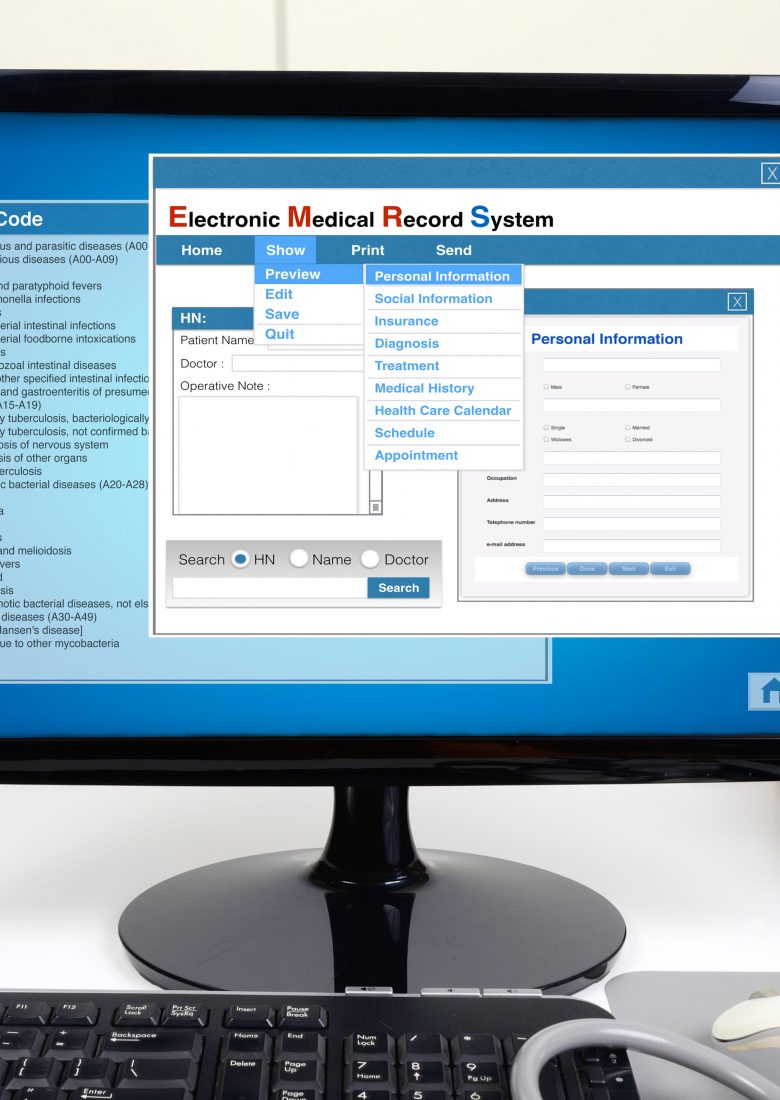Previously, we introduced our Physician Engagement Roadmap as a practical guide to engaging and energizing physicians and other clinical staff. We defined engagement as emotional connection, involvement, and commitment, demonstrated in behaviors and leading to discretionary efforts and we reviewed the first step: Map the Terrain.
Now on to the next step.
Step 2: Align to Relevant Purpose.
Once you have identified the individuals whose engagement you need, it is important to agree on a common vision and goals. Sometimes we are moving so fast that we forget to share our vision, much less confirm that we agree on it. In order to affect behaviors and actions that will achieve our desired results, we first have to gain sincere commitment, which can only come from true caring.

A good starting point is to identify the behaviors and actions that you are seeing that are present in the silent majority and the disengaged so that you can have fruitful and productive conversations about securing commitment to change behaviors. You need to align the desired outcome to what the clinicians really care about, and connect to their values. And that requires a deeper understanding and connection with every individual you have identified as critical to achieving our desired better outcome.
Often this requires a deep dive into the sources of disengagement. Some possibilities are:
- A lack of skills to perform the duties to achieve the goals
- The surrounding social network where “no joes” are the loudest and enforcing rules that won’t allow the changes and improvements to take place
- A problem with an entire group culture that requires coaching for numerous people in order to implement the change
- The structures and processes in place that reward the wrong behaviors
Everyone fears change to some degree and it is often fear that fuels disengagement. To align stakeholders to a relevant purpose, you must take the time to assess and understand those fears. You need to figure out what it is that the physicians and others fear about the proposed change and then find ways to allay those fears. And remember, they are scientists who prefer facts over subjective conjecture.
Here are some questions to ask yourself:
- Do they have assumptions about the change that may fuel hesitance or resistance?
- What do they fear the change will bring?
- What impact on their work do they assume the change will have?
Once you begin to empathize in this way, you can think in terms of how to motivate your stakeholders by asking why they would or should care about this change. A good way to look at it is in terms of threat and opportunities.

Using an effort to engage physicians to improve Sepsis bundle compliance in a hospital, the opportunities and threats might look something like this:

Thinking from the point of view of a physician, “We need to improve our sepsis bundle compliance” is not an especially motivating statement, especially within the context of meeting mandates or securing reimbursements. But a statement like “I know you care about saving lives and I could use your help in doing that by successfully adopting and implementing this highly effective sepsis bundle” will resonate with physicians and other clinicians because it gets to the heart of what they care about. They are now aligned with you to a purpose they care about.
Steps 3-5 of the Engagement Roadmap will be featured in future editions of our newsletter and also explored more fully in my forthcoming book “A Roadmap to Physician Engagement.”
For more information about how we can help you engage physicians and other medical staff, please visit https://ctileadership.com.



